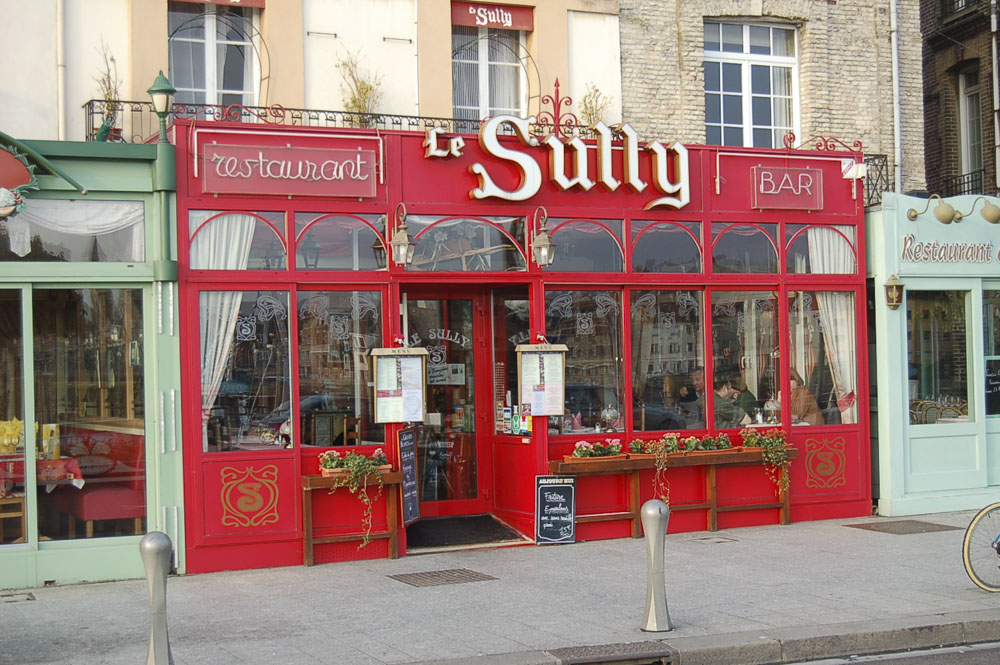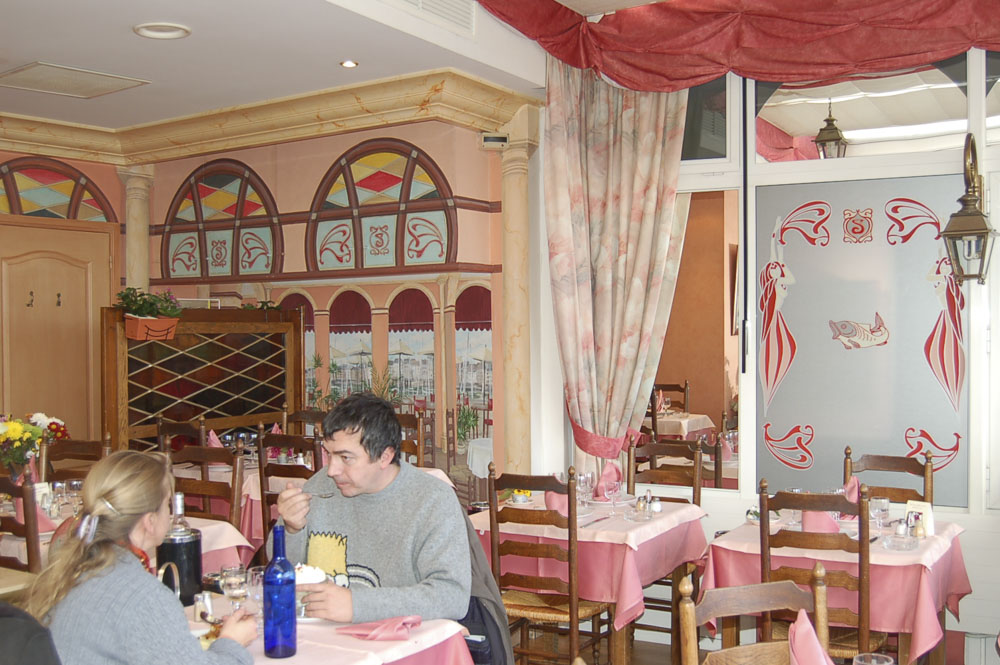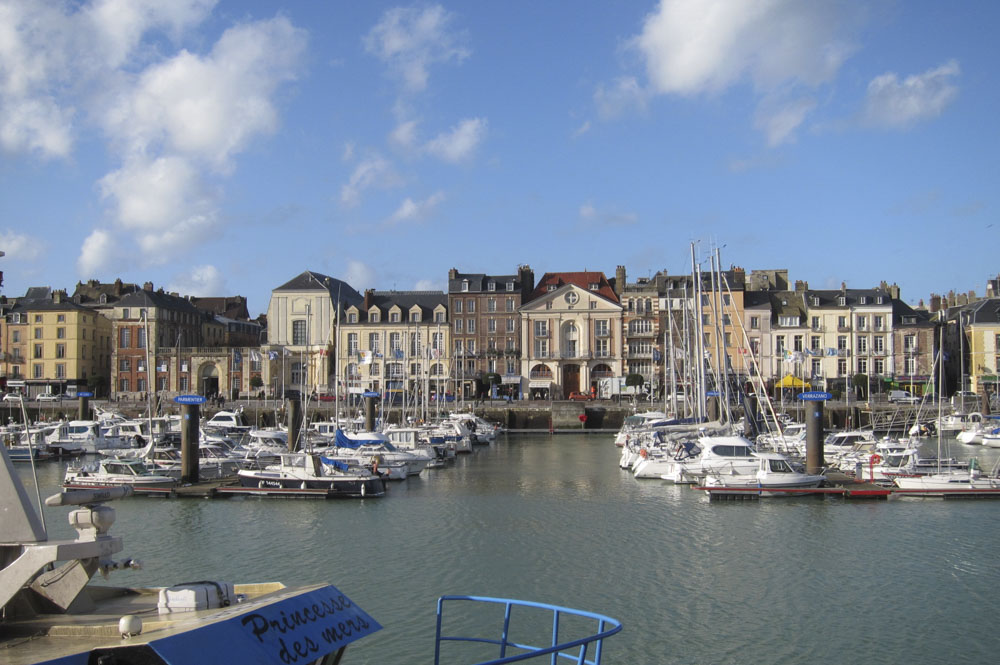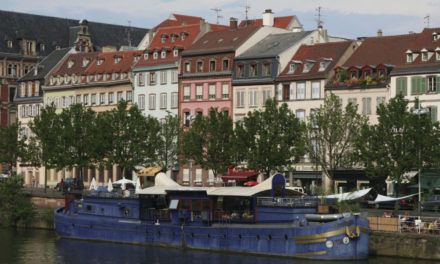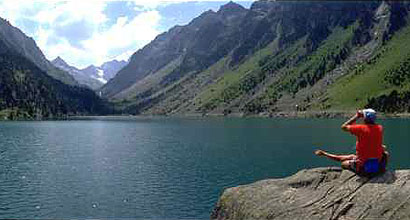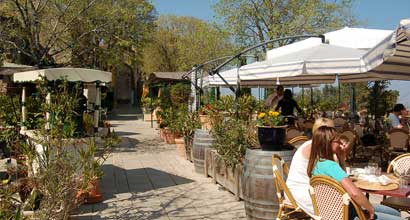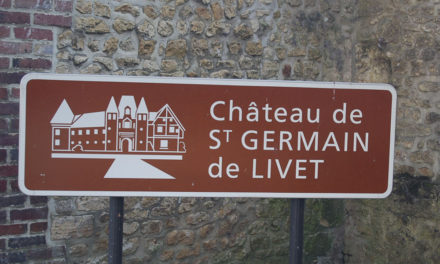Images – Copyright Informationfrance.
Dieppe is a busy port in the Seine-Maritime department in Upper Normandy, north of Rouen. It sits nestled among the cliffs on the English Channel (La Manche) with a regular ferry service from Newhaven which takes about 4 hours. Dieppe has always been a favourite stopping off point for visitors en route to other locations in France but it is an interesting town to visit in its own right and is a good place from which to explore the Côte d’Albatre (the Alabaster Coast) which resembles the white cliffs along the south coast of England. The port is famous for its fishing industry which still plays a big part in the economy of the district and many of the town’s restaurants are located along the edge of the harbour, much of which is now a marina. With a pretty pebble beach and plenty of leisure facilities, Dieppe is the nearest seaside resort to Paris offering traditional French hospitality and excellent seafood. Approximately 36,000 local residents who are known colloquially as Dieppois (or Dieppoise) live in the town, with a substantial increase in the population throughout the summer months.
Book a Hotel in Dieppe
History
Originally Dieppe was part of England – the name Dieppe is derived from the English ‘deep’ which applied to its river. The first recording of a small fishing settlement in this region was in 1030. Founded on the estuary of the river by the Vikings, the town expanded and grew prosperous after the conquest of England in 1066. Dieppe’s important port was fought over during the Hundred Years’ War and was the centre for the most advanced French school of cartography in the 16th century. Michael and Thomas le Vasseur, brothers who lived in the town and were two of France’s best navigators, sailed from Le Havre for Florida on 20 April 1564 to construct Fort Caroline, the first French colony in the New World. Dieppe was the premier port of the kingdom in the 17th century and was a major departure point for thousands of colonists heading for Quebec (New France) to start a new life. At the Revocation of the Edict of Nantes in 1685, Dieppe lost 3,000 of its Huguenot citizens who fled abroad.
Dieppe has always been at the centre of hostilities because of its prime location and its fishing industry. The town was largely destroyed by an Anglo-Dutch naval bombardment in 1694. Previously the buildings were half-timbered but Louis XIII ordered the rebuilding of the town in the classic style with frontages of white brick. Dieppe became a haven of the aristocracy following a visit from the eccentric Duchesse de Berry (daughter-in-law of Charles X) in 1806. She loved to bathe in the sea and the town became a favourite seaside destination for nobles, writers, musicians and painters.
During the Second World, many Allied troops were killed in an especially bloody battle known as the Dieppe Raid. In 1943 Allied soldiers, mainly from the 2nd Canadian Infantry Division, landed at Dieppe with the intention of occupying the town for a short time, gaining intelligence and drawing the Germans into open battle. There were many deaths on both sides and prisoners taken. No major land gains were made and Dieppe was liberated on 1 September 1944.
Attractions
A promenade runs along the harbour from which you can view the fishing boats in the marina and there are lots of attractive waterside restaurants where you can sample the fish which has just been brought in. Along the seafront there are several memorials to those that died during the Dieppe Raid of World War II and at the Square du Canada a monument commemorates the special relationship between Dieppe and Canada.
The pebbly beach is attractive and a good place for swimming and sunbathing – though the sunshine can never be guaranteed! It is a picturesque spot with the beach flanked by dramatic limestone cliffs and several artists including Delacroix, Monet and Gaugin famously painted the scene. In November, Dieppe pays homage to its fishermen and hosts the annual Herring Festival. More than 100,000 visitors gather for this event and barbecues line the street with the scent of fresh, succulent herrings being grilled and little flat fish being cooked, percolating the crisp winter air.
The Château-Musée, a flint and sandstone castle located high above the city, dominates the town and is Dieppe’s most impressive landmark. It houses a fascinating museum dedicated to the maritime and trade history of Dieppe. Impressionist paintings by Renoir, Sisley, Boudin and others are featured amongst a collection of intricate sculptures carved by local sailors.
The Church of Saint Jacques which was built around 1168 has been undergoing renovation. It is a good example of Norman Gothic architecture and is well worth a visit to see the walls lined with plaques in tribute to the many Dieppe fishermen lost at sea. The smaller Chappelle Notre Dame de Bonsecours is perched on the cliffs overlooking the harbour and ferry port which is equally interesting.
The Villa Perrotte is an art gallery in the heart of Dieppe. Originally a private hotel in the art deco style constructed in 1928, it is in itself a work of art. Throughout the year there are painting, sculpture and photography exhibitions of contemporary artists.
The Castle of Miromesnil built in the 16th and 17th centuries is one of the most beautiful in France. Guy de Maupassant was born here and the house represents several architectural styles with a magnificent Lebanese cedar tree in the garden.
There are a series of tours lasting 1½ hours which explore the history of Dieppe and its buildings entitled Villes et Pays d’Art et d’Histoire which take place from June to December, details of which can be found at the Tourist Office.
The Saturday morning market at the Church of St. Jacques is said to be the finest food market in Northern France. Local farmers set up their stalls in the narrow, cobblestoned streets arranging their cheeses and produce on colourful tables displaying Normandy apples and bottles of cider.
Accommodation & Restaurants
The oldest and grandest of Dieppe’s hotels are along the seafront in a quiet area of town. Hotel De La Plage is a reasonably priced hotel and Les Arcades, under the arcades by the port, is near to the best restaurants in town. The old quay is full of restaurants where families can settle down to a long lunch with local specialities including platters of seafood and, famously, Coquilles Saint Jacques. Dishes cooked à la Dieppoise – with mushrooms and cream are delicious as is a rustic Normandy stew. Le Comptoir à Huîtres serves excellent seafood which can be rounded off with a glass of Calvados (apple brandy) produced on local farms.
The prettiest chambres d’hôtes are at the Villa des Capucins which is a former convent in the old fishermen’s quarter. Alternatively, in the midst of the Saturday market Au Grand Duquesne is a friendly hotel with a good restaurant.
The Mercure Dieppe La Présidence is located below the 15th century Château de Dieppe and only 1 km from the train station. The restaurant serves superb regional cuisine and fine wines. It is a good choice for those visitors wanting peace and tranquillity as it offers a sea water pool and has a thalassotherapy centre. The Grand Hôtel Du Casino de Dieppe is on the seafront and, as well as a casino, it has a gastronomic restaurant with panoramic sea views over the harbour.
The centre of town has a good selection of shops and the historic Café des Tribunaux is recommended as a chic place to sit and watch the world go by. In its heyday, Renoir, Monet, Sickert, Whistler and Pisarro drank here and Oscar Wilde reputedly wrote The Ballad of Reading Gaol here. The clientele still has an arty feel and is a popular place for meeting friends. Another good rendezvous is the Bar-O-Metre on the seafront, beneath the château.
Transport
By Transmanche Ferries/LD Lines from Newhaven to Dieppe (crossing approx. 4 hours)
By Car : From Paris, take the A14 towards Rouen. Exit towards Les Essarts and Rouen on the A13. Travel through Rouen then take the A150 towards Fecamp/Le Havre/Malaunay/Dieppe. Take N27 to Dieppe. The drive is about 200 km and should take between two and two and a half hours.
By Rail: Dieppe has a railway station, operated by SNFC with frequent departures for Rouen and Paris.
Tourist Office
Office de Tourisme de Dieppe
Pont Jehan Ango
76200 Dieppe
Phone: 02 32 14 40 60

